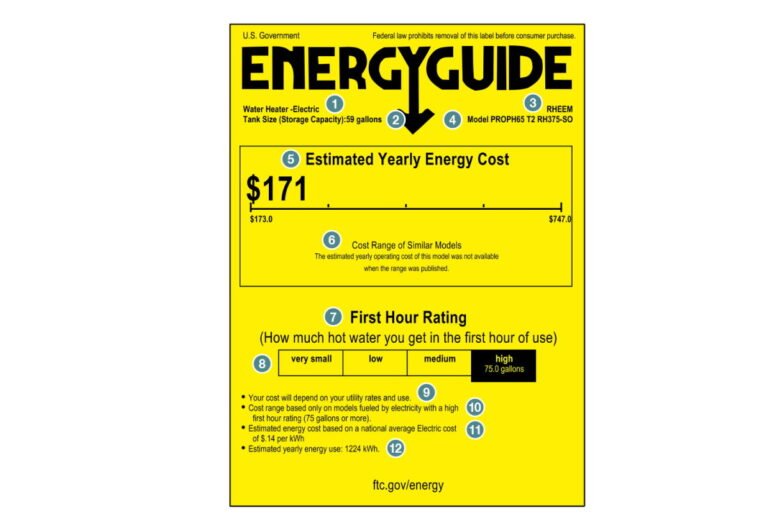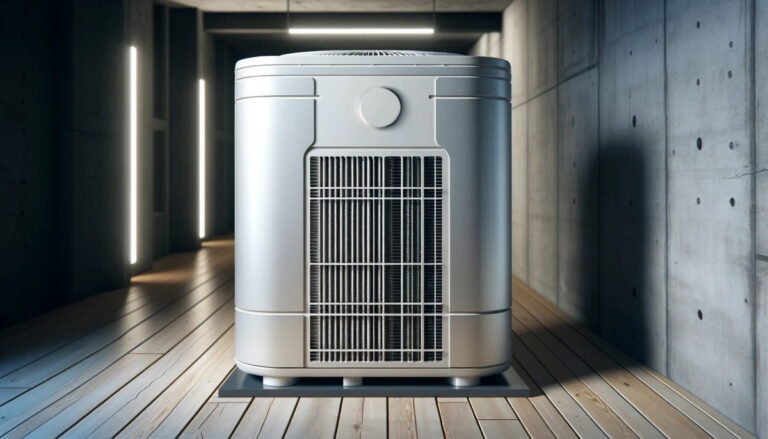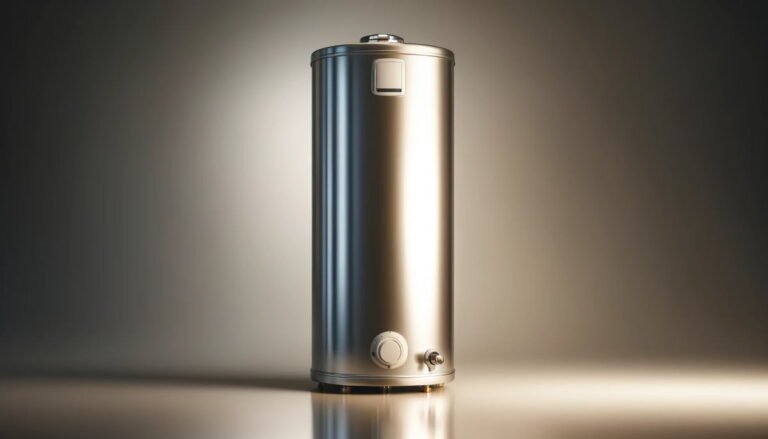What Is: Energy Factor (EF) and Uniform Energy Factor (UEF) in Water Heaters
When you’re in the market for a new water heater, you might come across two important metrics: Energy Factor (EF) and Uniform Energy Factor (UEF).
These ratings help you understand how efficiently a water heater uses energy to heat water. Knowing the difference between these two can guide you in choosing the best model for your home, ensuring energy efficiency and cost savings.

What is Energy Factor (EF)?
Energy Factor (EF) is a measure of how efficiently a water heater converts energy into hot water. It’s a key indicator of a unit’s performance, telling you how much of the energy used actually goes into heating the water. The higher the EF, the more efficient the water heater.
Transition to Uniform Energy Factor (UEF)
In 2017, the Department of Energy (DOE) introduced the Uniform Energy Factor (UEF) to provide a more accurate and comprehensive measure of water heater efficiency. The UEF takes into account more real-world conditions and different usage patterns.
Why UEF is More Reliable
The UEF is more reliable than EF because it:
- Reflects Real-World Use: It accounts for variations in hot water usage and provides a more realistic efficiency measure.
- Is More Comprehensive: It considers standby losses, cycling losses, and recovery efficiency under different usage scenarios.
- Offers Better Comparisons: It allows consumers to compare different types and sizes of water heaters more effectively.
Key Differences Between EF and UEF
- Calculation Method: EF is based on controlled laboratory conditions focusing on recovery efficiency, standby losses, and cycling losses. UEF includes these factors but under more realistic, variable usage conditions.
- Usage Patterns: UEF accounts for different usage patterns (low, medium, high, and very high), reflecting real-world scenarios better than EF.
Note that UEF often shows a slightly lower value for the same unit because it accounts for more realistic conditions and varied usage patterns, but it provides a more accurate representation of the unit’s performance.
UEF Differences Among Water Heater Types
- Gas-Powered Water Tank Heaters: These have lower UEF ratings, typically ranging from 0.50 to 0.70, due to energy loss through venting.
- Tankless Water Heaters: These heat water on demand without storing it, reducing standby losses. UEF ratings are higher, typically 0.82 to 0.96 for both gas and electric models.
- Condensing Gas Water Heaters: These capture and reuse heat from exhaust gases, resulting in ultra-high efficiency of over 0.9.
- Heat Pump Water Heaters: These use electricity to move heat from the air into the water, rather than generating heat directly. This makes them very efficient, with UEF ratings often above 2.0, meaning they can be more than twice as efficient as standard electric water heaters.
Energy Star and Efficiency
When evaluating the efficiency of water heaters, the Energy Star program stands out as a key indicator of superior performance. Run by the Environmental Protection Agency (EPA), this program certifies products that meet high energy efficiency standards.
Water heaters with the Energy Star label are among the most efficient on the market. To earn this label, water heaters must meet strict UEF criteria, ensuring they provide significant energy savings and lower utility bills. Choosing an Energy Star-certified water heater can help you reduce your carbon footprint and enjoy long-term cost savings.
Choosing the Right Water Heater Based on the UEF
When selecting a water heater, look for the UEF rating to ensure you’re getting an energy-efficient model that suits your household’s needs. For instance, if you have a medium-sized household with moderate hot water usage, a water heater with a UEF rating of around 0.90 to 0.95 would be efficient and cost-effective.
If you have a traditional non-condensing gas water heater with a UEF of 0.60, it means 60% of the energy goes into heating water, and 40% is lost. In contrast, a condensing gas water heater with a UEF of 0.95 means 95% of the energy is used to heat water, with only 5% lost.
By choosing a condensing model, you can significantly reduce energy waste, lower your utility bills, and enjoy more efficient water heating.
More Articles About Home Heating
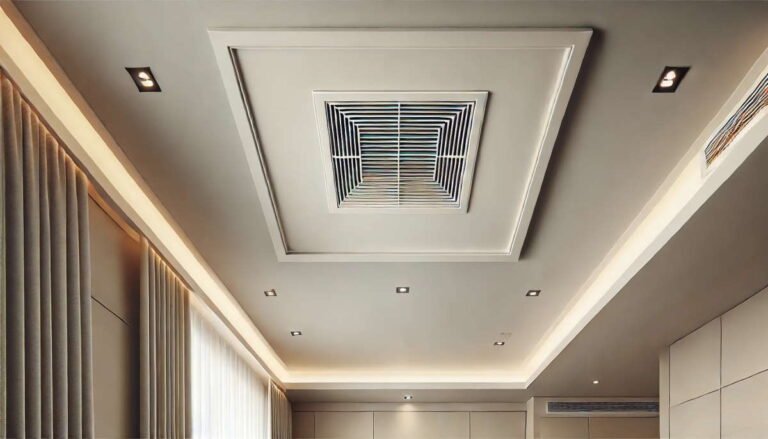
Tips and Tricks on How To Remove Bad Smell From The Air Ducts
The bad smell from the air ducts of your HVAC system is a common problem for many homeowners. Ductwork is the…
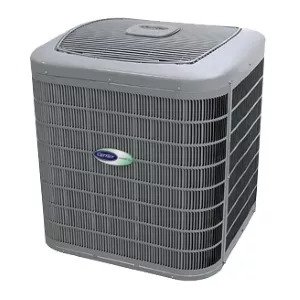
Heat Pump Not Cooling? Here’s What You Need to Know
Heat pumps are essential not only in the winter for heating our homes but also in the summer to cool…

Compare Ductless Mini-Split Heat Pumps vs. Window Heat Pumps: Which Is Right for You?
In this article, we are going to look at ductless mini-split heat pumps vs. window heat pumps, examine how each…

